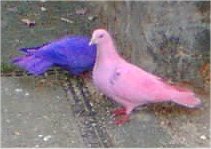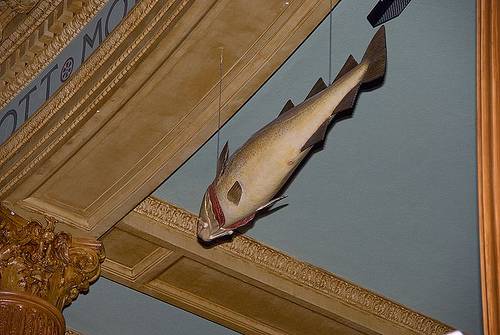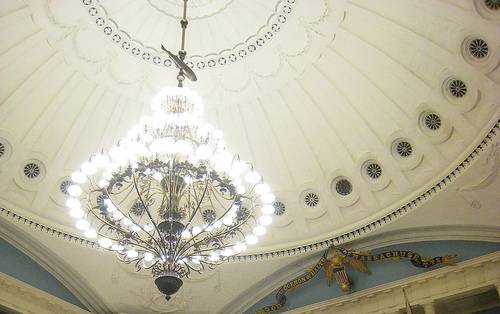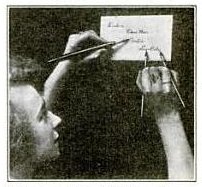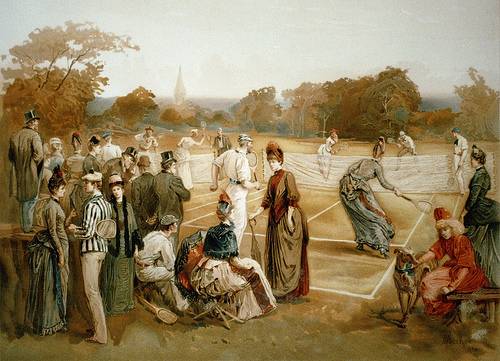Puritans in the 1600s gave their kids some memorably pious names — here’s a sample from a Sussex jury roll circa 1650:
- Accepted Trevor, of Norsham
- Redeemed Compton, of Battle
- Kill-Sin Pimple, of Witham
- Fly-Fornication Richardson, of Waldron
- Search-The-Scriptures Moreton, of Salehurst
- The-Peace-Of-God Knight, of Burwash
- Stand-Fast-On-High Stringer, of Crowhurst
- Fight-The-Good-Fight-Of-Faith White, of Ewhurst
Taken to extremes these could get unwieldy. Charles Bombaugh (1890) claims that “A Puritan maiden, who was asked for her baptismal name, replied, ‘Through-Much-Tribulation-We-Enter-The-Kingdom-Of-Heaven, but for short they call me Tribby.'”
In the late 17th century a member of the British parliament was named Praise-God Barebone, with brothers and sons named Fear-God Barebone, Jesus-Christ-Came-Into-The-World-To-Save Barebone, and If-Christ-Had-Not-Died-For-Thee-Thou-Hadst-Been-Damned Barebone.
The last changed his name to Nicholas.

